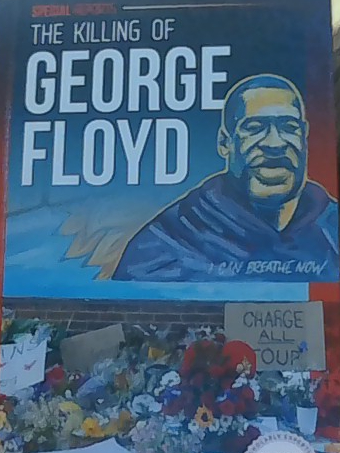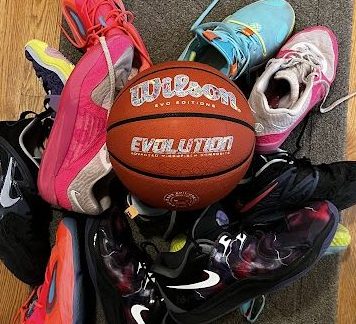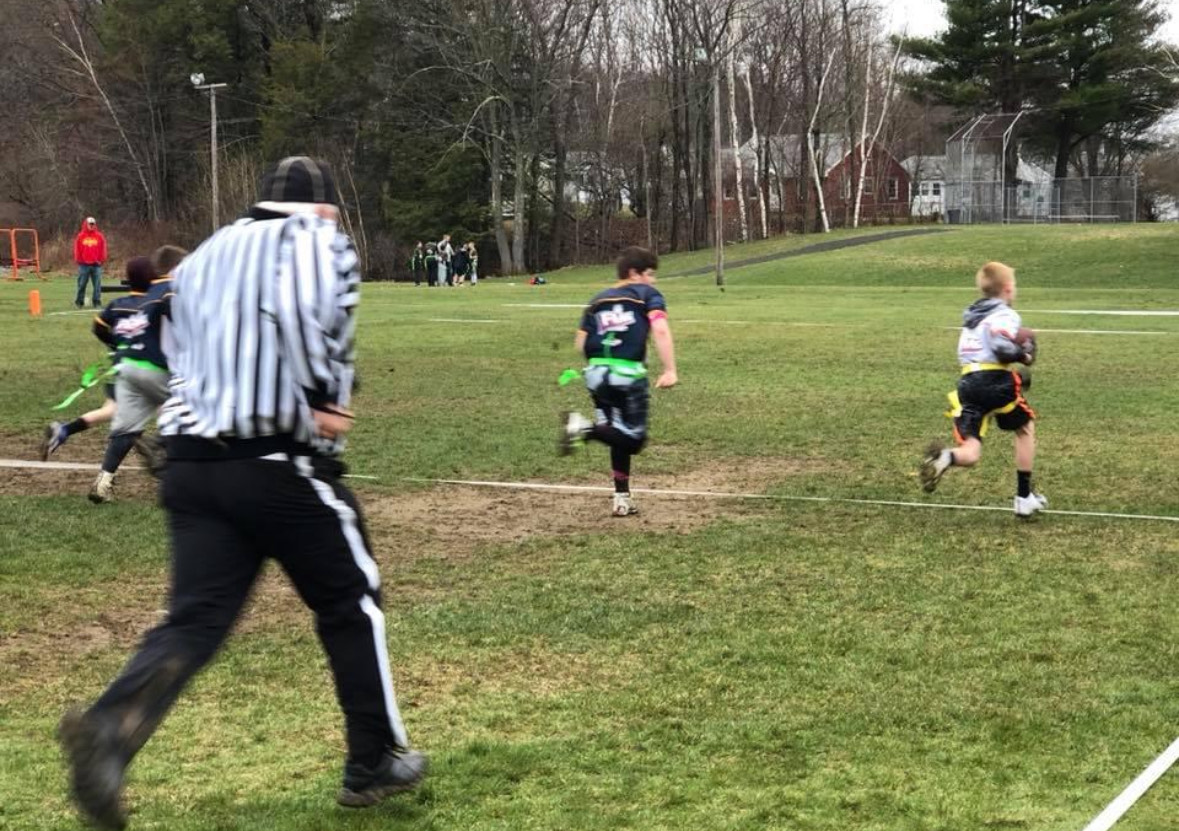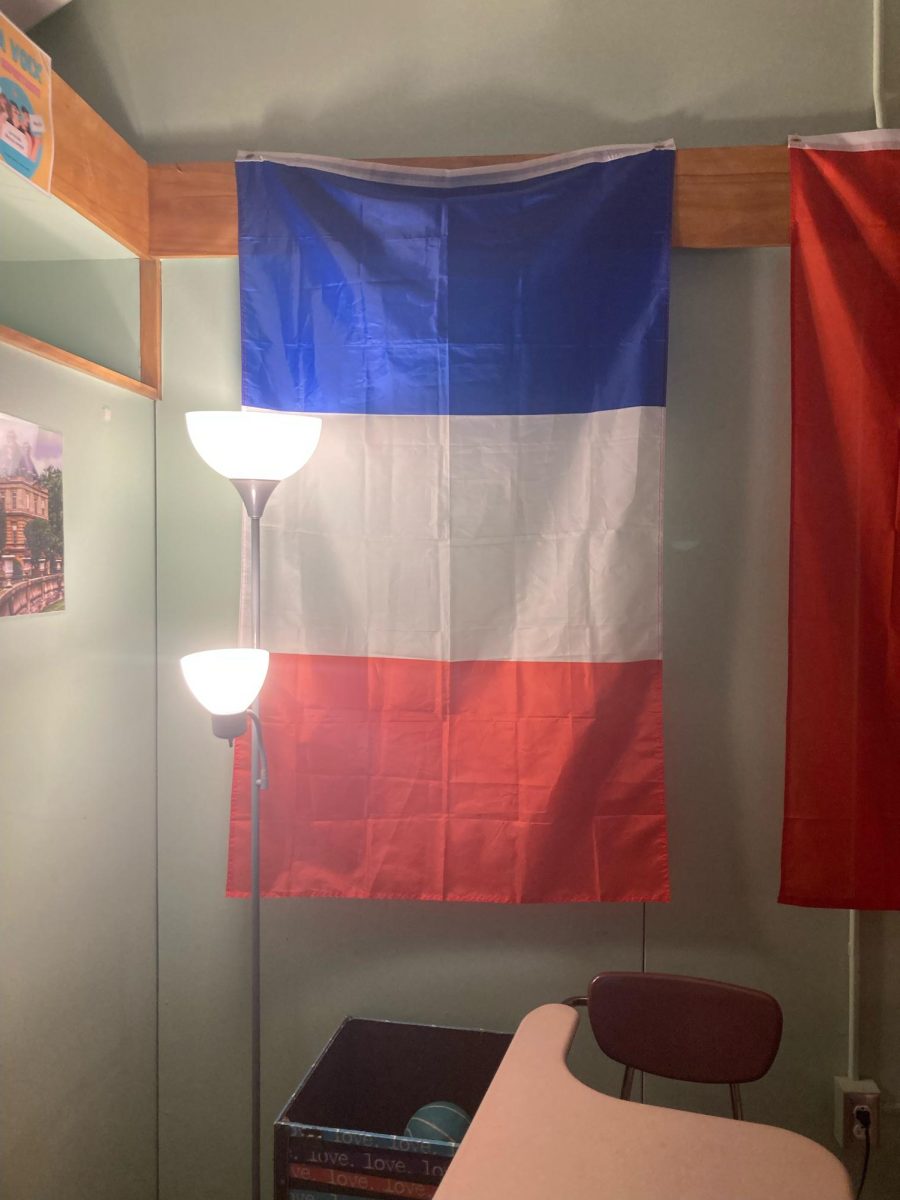
Police brutality, in the minds of 65-89% of Americans, is a serious issue. But what does police brutality mean? Police brutality, as defined by Britannica, is the excessive use of force by law enforcement against a person or group. Some examples of police brutality include but are not limited to: racially-motivated violence, beatings, shootings, asphyxiation, unwarranted use of tasers, and improper take-downs. One of the most recent famous cases, and the case that exuded the issue onto a global scale – specifically 93 countries where protests took place – is the case of George Floyd.
George Floyd, full name George Perry Floyd Jr., was being placed under arrest by the police after making a purchase using a counterfeit $20 bill. It was reported that Floyd was under the influence of Fentanyl. Floyd was obviously disoriented and in need of immediate medical attention as the result of being under the influence of a severe narcotic, but the police officer in question, Officer Derek Chauvin, either didn’t notice or didn’t care. He proceeded to kneel on Floyd’s neck for 9 minutes, ultimately exacerbating Floyd’s condition and resulting in his death.
Although Floyd was under the influence of Fentanyl, it was reported in the autopsy that asphyxiation was the main cause of death, ruling the death a homicide. Floyd could be heard multiple times yelling, “I can’t breathe.” It leaves one to wonder: Is $20 in counterfeit money a reason to take a man’s life? Was the force necessary or warranted? Could this have been prevented or avoided? Is a man yelling “I can’t breathe” enough incentive for the police officer to get off of the person in question’s neck?
Bystanders seem to think so. Reportedly, multiple bystanders attempted to intervene but were stopped by Officer Tou Thao. There were four officers in total, the two others being Officer J. Alexander Kueng, who kneeled on Floyd’s back during the altercation, and Officer Thomas Lane. All four police officers were detained and received charges in Floyd’s murder.
Derek Chauvin, four days after the incident, was arrested and charged with third degree murder and third degree manslaughter. Attorney General Keith Ellison took over the case for Hennepin county, filing second degree charges for murder and manslaughter. After 2 weeks and 10 hours of deliberation from jury members, they reached a guilty verdict on second degree murder and manslaughter. He was federally charged and sentenced to 21 – 22 ½ years in prison.
Thomas Lane, on June 3, 2020, pleaded guilty to aiding and abetting manslaughter of the second degree and received a sentence of 3 years in prison. He was federally charged and was sentenced to two-and-a-half years in federal prison, as well as two years of supervised release.
J. Alexander Kueng, on June 3, 2020, was charged with one count each of aiding and abetting second-degree manslaughter and murder, after prosecutors agreed to drop the other charges. He also pleaded guilty to these charges. He attempted to say that he “deferred to Chauvin as the senior officer at the scene.” This was quickly shot down, however, and prosecutors pointed out some of his prior testimony stating, “directly and obviously conflicted with other, irrefutable evidence presented at trial” in ways that amounted to perjury, particularly as it related to whether Kueng knew that Floyd “had a serious medical need.” Kueng was found guilty of depriving Floyd of his right to medical intervention and not stopping the altercation from escalating. On July 27, 2020, Kueng was sentenced to three and a half years in prison and served time in a federal prison in Ohio.
Tou Thao, on June 3, 2020, was charged with one count each of aiding and abetting second degree manslaughter and murder. He chose not to go to trial just hours before it was set to happen on October 24, 2022. The state agreed to drop the charge for aiding and abetting second degree murder, if they agreed to keep the charge for aiding and abetting second degree manslaughter. He was found guilty and sentenced to 57 months in prison on the state conviction of aiding and abetting second degree manslaughter.
This situation, along with the public’s opinion of what occurred, caused a series of protests orchestrated by the BLM movement – Black Lives Matter. For one reason or another, however, police brutality and issues of systemic racism within the police force persisted, if not skyrocketed around the time of the aforementioned incident. Statistically speaking, an estimated 250,000 people were affected by police brutality annually. In 2020, over 1,000 people were affected by police violence, with an uptick in the numbers each year following. The numbers have gone down in 2024, but were at an all time high in 2023. Another instance that sparked public outrage was the case of Breonna Taylor.
Breonna Taylor was an emergency medical technician and was home on March 13’th 2020 when three police officers entered her home on the basis of a “no – knock” search warrant. A no knock search warrant is a warrant that does not require a police officer or other law enforcement agent to announce their presence or reason for being there before they enter said home. The incident took place in an apartment complex where Taylor lived in Louisville, Kentucky. Officers forcefully entered the home under suspicion of narcotics being stashed in the home. A further search later on recovered no drugs anywhere in the house or on any person. Taylor’s boyfriend, Kenneth Walker mistook the police for intruders and fired a warning shot, presumably under the notion that he would scare off the intruders. The police, suspecting potential violence, opened fire and killed Taylor. Walker survived and went on later to say that, “The botched police raid led to fear and confusion” and “The police wanted me dead.” The police officers in question, Myles Cosgrove, Brett Hankison, and John Mattingly faced charges. Some were acquitted, others faced jail time.
These instances, however disturbing, warranted a public opinion and sparked some controversy surrounding if the police were well within their rights to do what they did, and if the victims were in the wrong or not. There are many differing opinions as to what police brutality actually entails. Some student responses from Oakmont Regional High School showed this obvious divide in opinion regarding the matter.
“Police brutality occurs when a member of the police force has some sort of power trip or somewhat of a superiority complex. I think the root cause can be racism, misogyny, and a lack of education,” says Oakmont freshman Aubrey Chagnon.
“Personal bias, or bigotry: inset racism, sexism, transphobia, homophobia, or other reaction towards a kind of person internalized from childhood…race is one of the easiest and most common ways of separating people,” says freshman Brynn Saltsman.
Responses vary, but the common theme seems to be that discrimination based on race, gender, and other kinds of orientation are the causes for police brutality.
“I would say one of the main reasons for police brutality is the lack of proper training in difficult situations. I also believe it may stem from past experiences because as we know police officers are human as well and fear for their own lives as much as anyone,” says sophomore Silas Roy.
“I think the root cause is hidden bias. Either the police officer has bias or someone telling the officer what to do has it. Also misinformation or the lack of information can be a cause,” says Junior Mikaela Gronki.
There are many different points of view as to what the root cause is, varying from bias, the belief that the officers are scared for their own lives, to discrimination, to lack of training.
“It is definitely a race based issue because there are police who are racist and will pull someone over and arrest them just because of their ethnic background. They then come up with an excuse for the person’s arrest,” says freshman Abigail Suarez.
“It happens in the dark. They don’t do it when people are looking to make themselves look like heroes. The root cause might be the minds of the police officers and where their heart is,” says freshman Owen Sandjong.
54.2% of responses said that police brutality was a pretty common issue in our country. 29.2% said it was a very common issue. Finally, 16.7% said it was not at all a common issue, being the lowest percentage of responses. Out of the 24 responses, 8 of the responses said it was racism/prejudice. 5 of the responses said that it was a superiority complex/power trip, with other responses being a mix of “not sure”, “person in question is armed/police misjudging situation”, and “wrong person got the job.” The most prevalent response seems to be that the root cause of police brutality is racism.
As seen in the two prior examples and in the student responses, police brutality is an issue that takes up space in the minds of many Americans. This issue has been the cause of many protests, riots, and organizations that have helped promote societal change when it comes to minorities being oppressed. The reason why there is so much divide is because some like to give the benefit of the doubt, while others will jump right into the situation. One thing that we must focus on as a society, regardless of your stance, is stopping violence. In particular instances, there is irrefutable evidence that violence is more often perpetuated on the basis of race. Our country should prioritize stopping race based violence and not absolving corrupt people of their responsibility in this issue.






